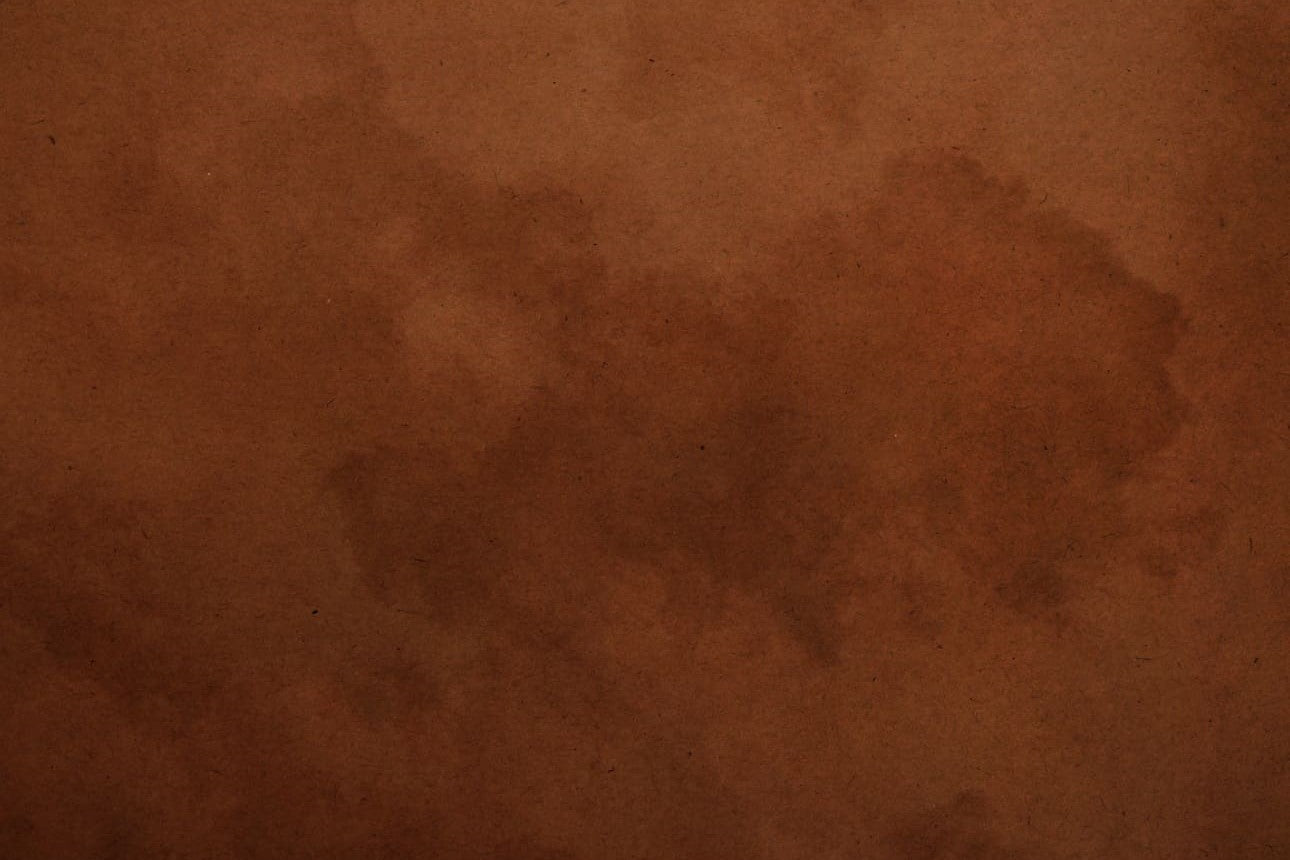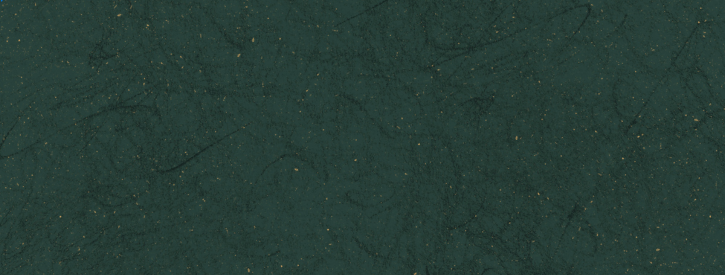CITES and Antiques
Posted by WATANABETAIGA

Some antique items contain materials whose use or import is restricted under current law.
One such regulation is an international treaty called the "CITES," which has made it very difficult to import antiques made from ivory, tortoiseshell, etc.
In this article, we will explain the contents of the Washington Convention and the materials that are prohibited there.
1. What is the Washington Convention?
Its official name is the Convention on International Trade in Endangered Species of Wild Fauna and Flora (CITES), and it is an international agreement aimed at protecting wild flora and fauna.
It is widely known by this name because it was adopted in Washington, DC in 1973.
This treaty aims to conserve species by regulating international trade in wild fauna and flora that are or may be in danger of extinction. Japan joined the treaty in 1980 and has implemented the treaty's provisions through domestic legislation.
The Convention on International Trade in Endangered Species of Wild Fauna and Flora (CITES) regulates not only living plants and animals, but also products made from them. CITES classifies species into three "Appendixes" according to their need for conservation.
Appendix I : This lists species that are at greatest risk of extinction, and commercial trade is generally prohibited.
Appendix II : Includes species that are not currently in danger of extinction, but may become extinct in the future if trade is not regulated. Commercial trade is possible, but permission from the exporting country is required.
Appendix III : Species that certain countries require cooperation from other countries for their own domestic conservation are listed. A permit or certificate from the exporting country may be required.
*These annexes will be reviewed periodically and revised as necessary.
Japan Customs: Washington Convention
2. Restricted materials
Western antiques may contain materials that are regulated by the Washington Convention. Here are some of the most common materials.
·ivory

Ivory, made from elephant tusks, has been used as a material for a variety of decorative items because of its beautiful luster and ease of processing.
It is often used for walking stick handles, inlays on furniture and boxes, and carvings.
However, poaching of elephants for ivory has become a serious problem and is now strictly regulated by the Convention on International Trade in Endangered Species of Wild Fauna and Flora (CITES).
・Tortoiseshell

Tortoiseshell, made from the shell of the hawksbill turtle, a type of sea turtle, is characterized by its unique patterns and luster and has been used for decorative items and crafts.
It is often used in combs, eyeglass frames, and to decorate furniture and boxes.
Hawksbill turtles are also endangered and protected under CITES.
・Rosewood, mahogany

Rosewood and mahogany are high-quality woods that have been used for furniture, musical instruments, and more.
Logging has progressed and some species are now subject to regulation under the Convention on International Trade in Endangered Species of Wild Fauna and Flora (CITES).
There are several varieties, but "Brazilian rosewood" is listed in Appendix I.
Since 2019, some exceptions have been made for musical instruments.
・Other materials
In addition to the above, crocodile leather, snakeskin, coral, and the fur of certain animals may also be subject to regulation by CITES.
3. Points to note when importing to Japan
In principle, commercial imports of any items containing materials listed in Appendix I, such as ivory, tortoiseshell, or Brazilian rosewood, are prohibited.
However, import is possible if proof can be provided that the item existed before it was listed in Appendix I of the CITES (Acquisition prior to the application of the Convention).
The CITES was enacted in 1975, so it may seem that antiques made before that date are not covered.
However, in the case of antiques, they may have been restored at some point, making it difficult to prove that the materials actually date back to the period before the Convention came into effect.
If there are any defects in the documents required to prove the goods, they will be stopped by customs and cannot be imported.
Also, please note that the appendix listed for rosewood, crocodile leather, etc. may vary depending on the exact variety.
In antiques, even if they are not the main material, some very small parts may contain materials such as ivory that are regulated by the Washington Convention.
For example, a small part that is sandwiched between the handle of a teapot to prevent heat from being transferred.
When importing such teapots, the original parts must be removed and replaced with parts made from materials that are not subject to restrictions, such as buffalo horn or resin, before being sent off.

Even if you purchase an item for personal use (not for commercial purposes) and bring it back to Japan as a souvenir, etc., your entry may be prohibited unless you go through the proper procedures.
If the species was imported into Japan before it was regulated by the Washington Convention or was imported through proper procedures, it can be bought and sold within Japan.
However, even domestic trade of ivory, tortoiseshell, and other materials is restricted by the Species Conservation Act, a Japanese law that is equivalent to the Washington Convention, and businesses handling such materials must be registered with the government.
Ministry of the Environment: What is the Species Conservation Act?
summary
Antiques such as ivory and tortoiseshell, the import and export of which is regulated by the Convention on International Trade in Endangered Species of Wild Fauna and Flora (CITES), are prohibited from being imported for commercial purposes or require complicated procedures.
Therefore, we generally do not handle antique items made from such materials.
The materials covered and the content of the regulations may change in the future.
If you have any concerns or questions, please contact the relevant authorities to obtain accurate information.
TAGS:
SHARE:











